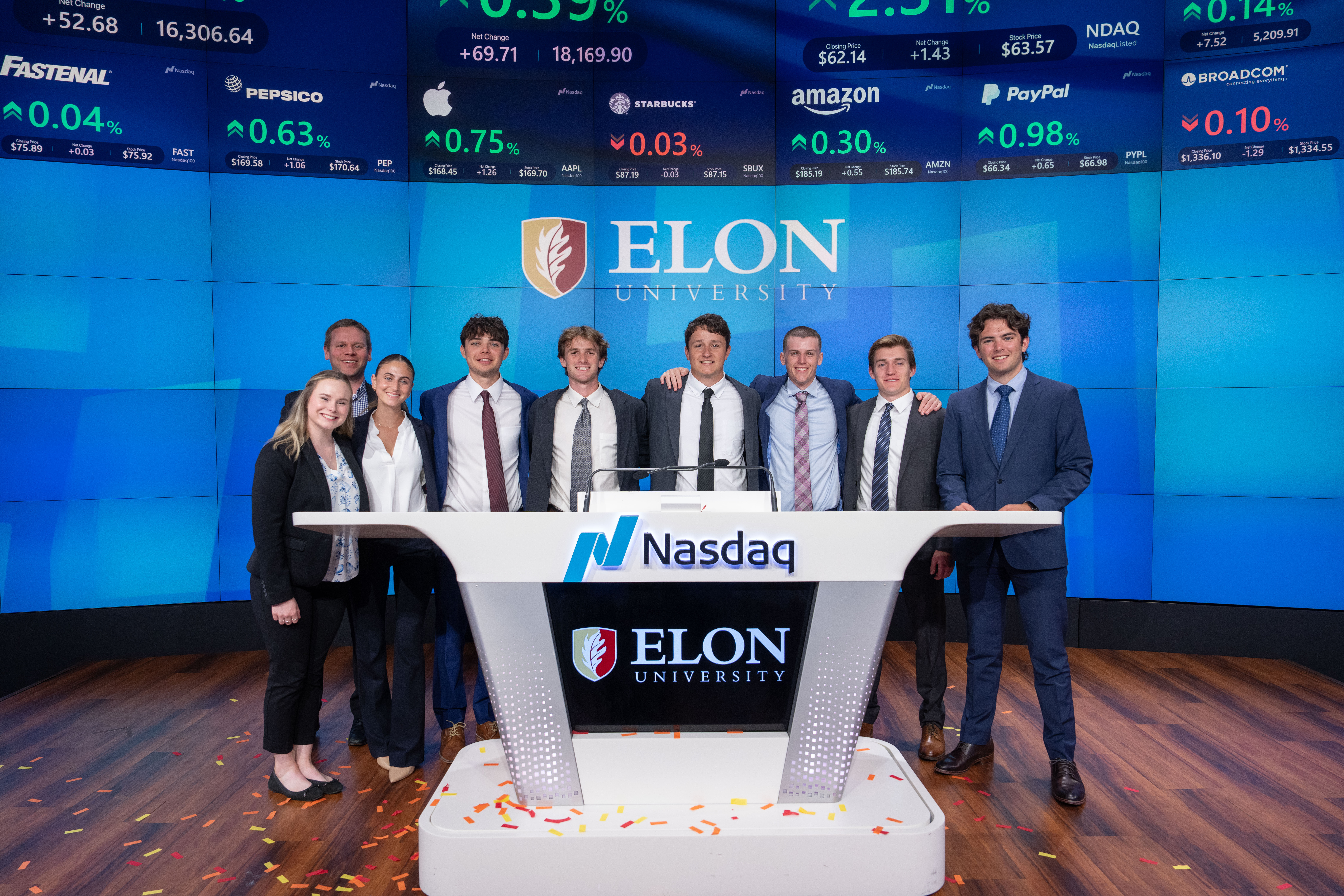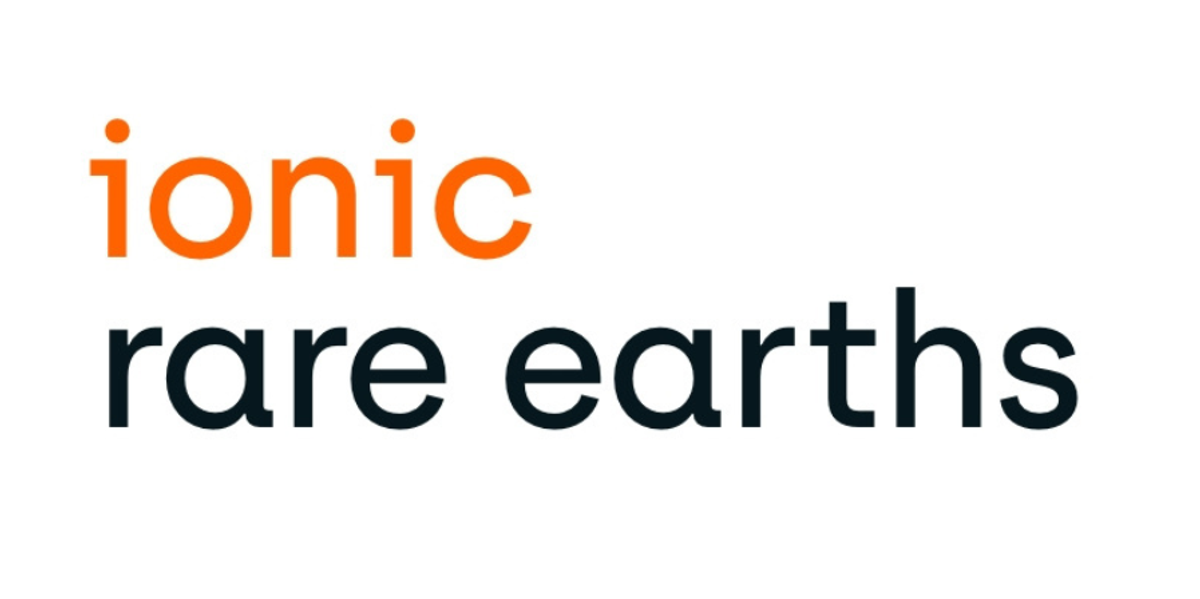The price of gold was trading at $4,316 per ounce as of 9:05 a.m. Eastern Time on October 20, 2025....
Business Jet Finance marketAccording to HTF Market Intelligence, the Global Business Jet Finance market to witness a CAGR of 49.9%...
ERIE, CO – October 16, 2025 – PRESSADVANTAGE – Apex Money Lending Group LLC announced today that recent tax incentive...
A gold investment made before the Fed's October meeting could be the strategic move to make right now. Kenishirotie/Getty Images...
Born Defense is emerging from stealth to support organizations engaged in the cyber ‘Forever War’, but from within the constraints...
Benzinga and Yahoo Finance LLC may earn commission or revenue on some items through the links below. Simon Property Group...
David Coleman isn’t just the CEO of the College Board, he’s a bona fide education activist, per Time magazine. When...
Ionic Rare Earths Limited (“IonicRE” or the “Company”) (ASX: IXR) has received a vote of confidence in its global expansion...
Email Sign Up For Our Free Weekly Newsletter According to property consultant Avison Young, Warsaw -- Poland's prime real estate...
Important information and disclaimers © 2025 World Gold Council. All rights reserved. World Gold Council and the Circle device are...


















